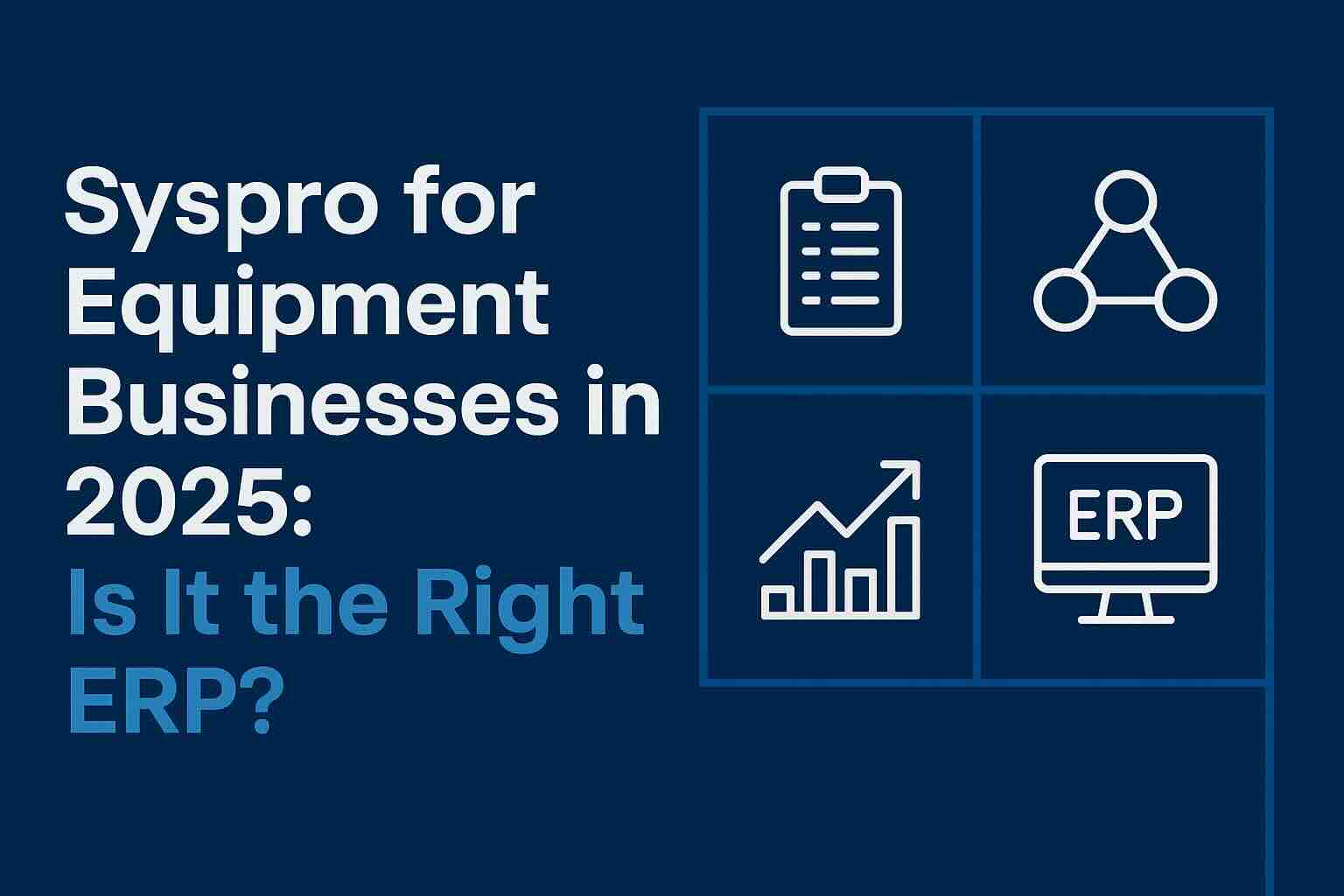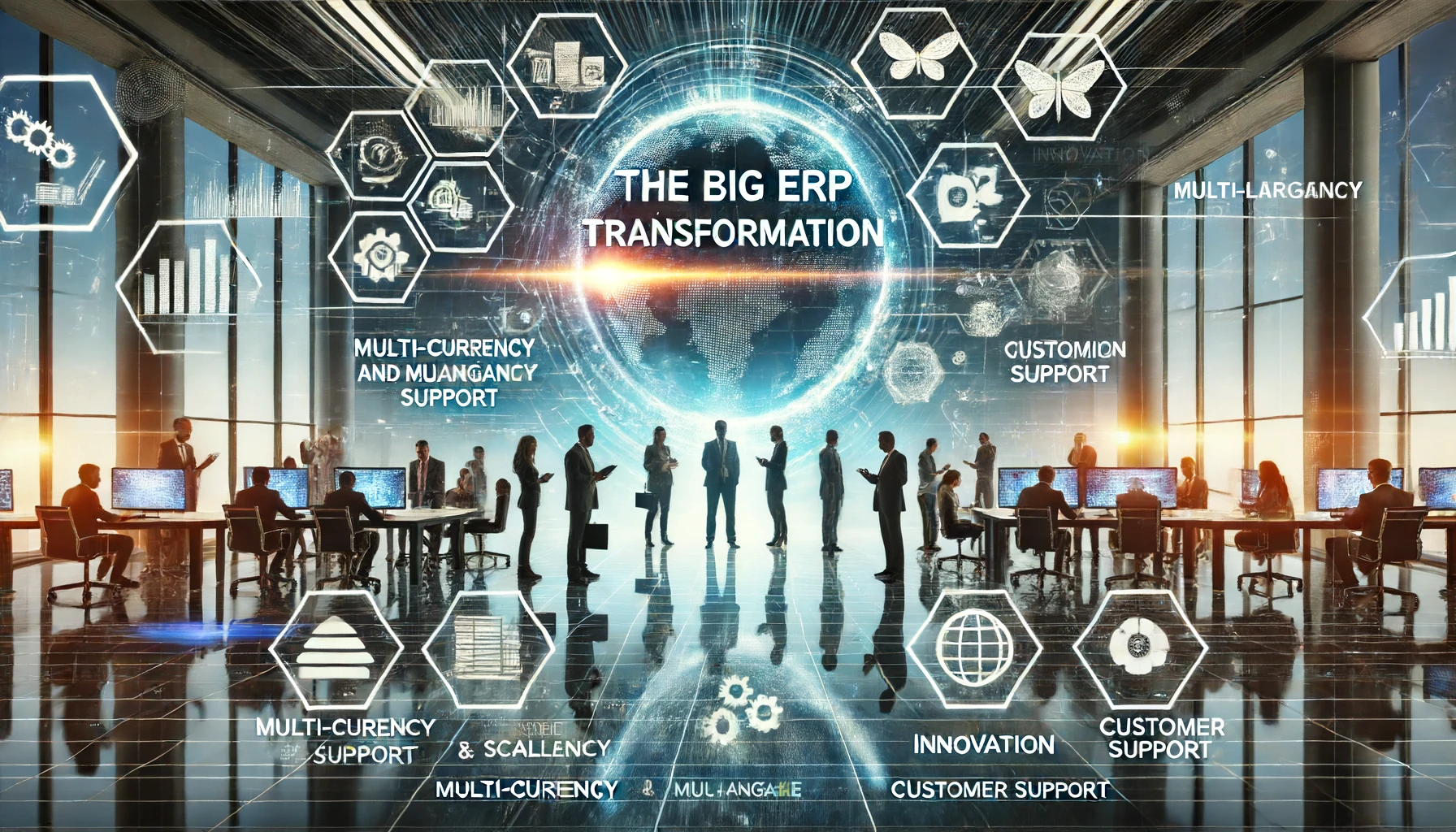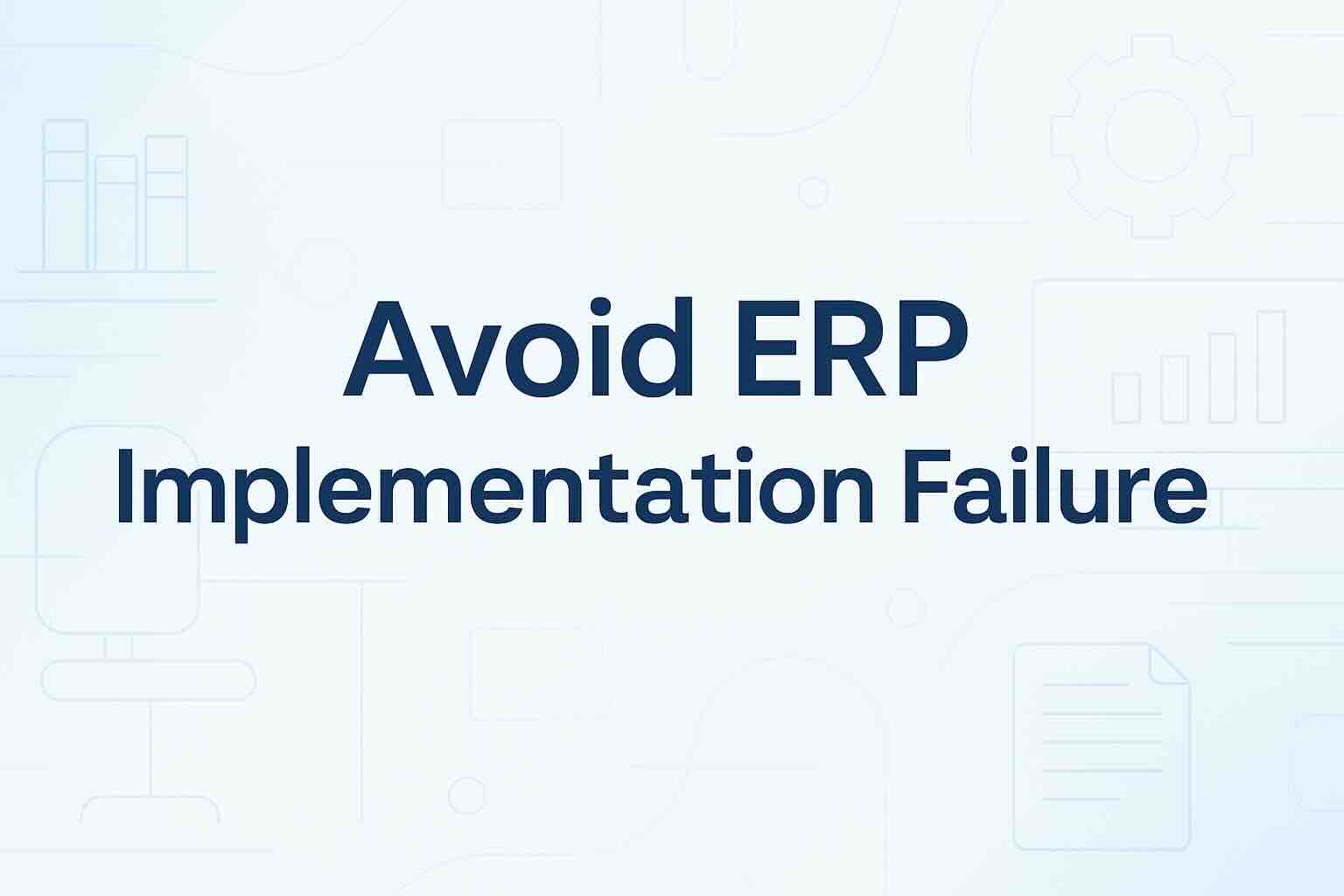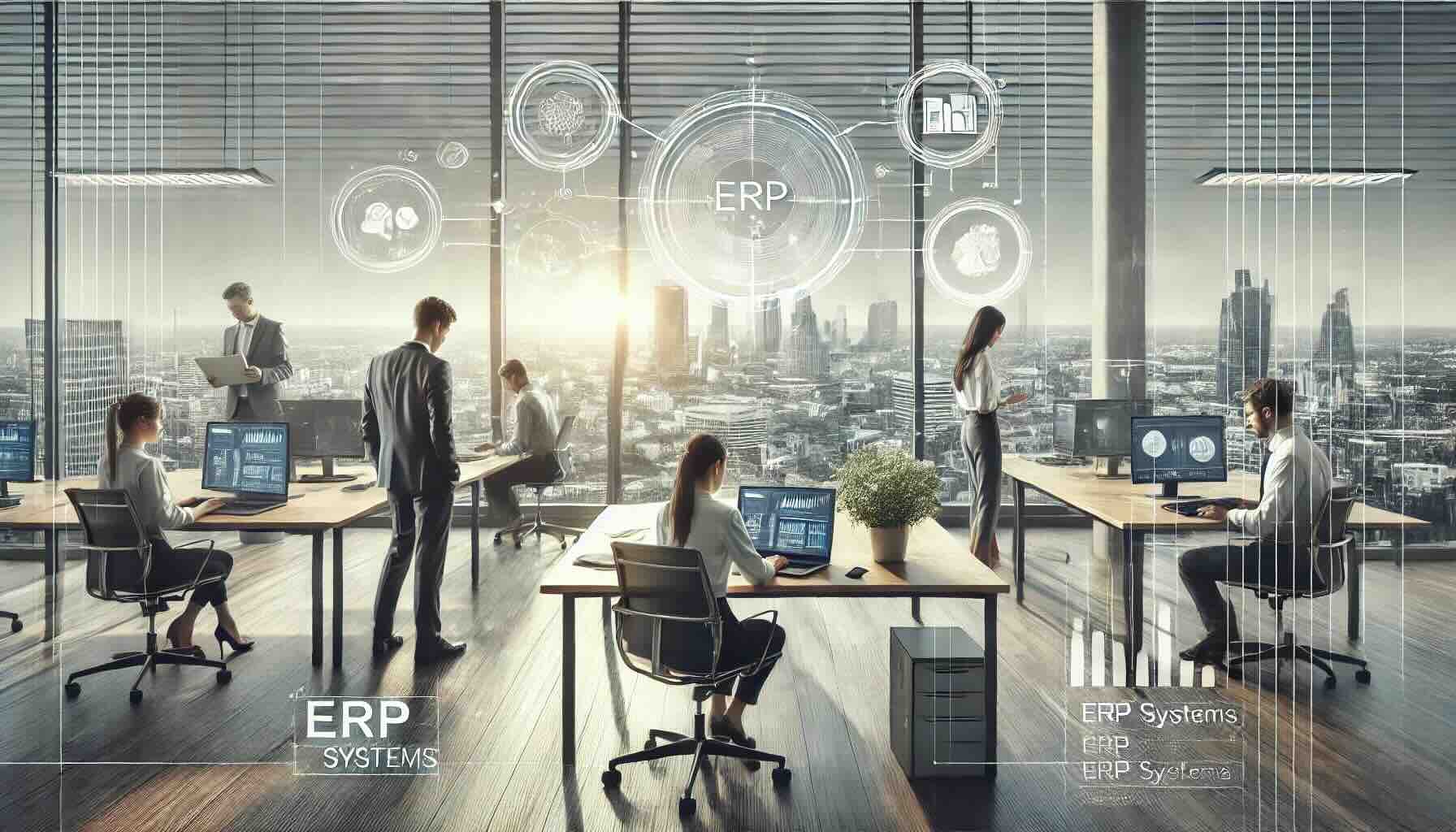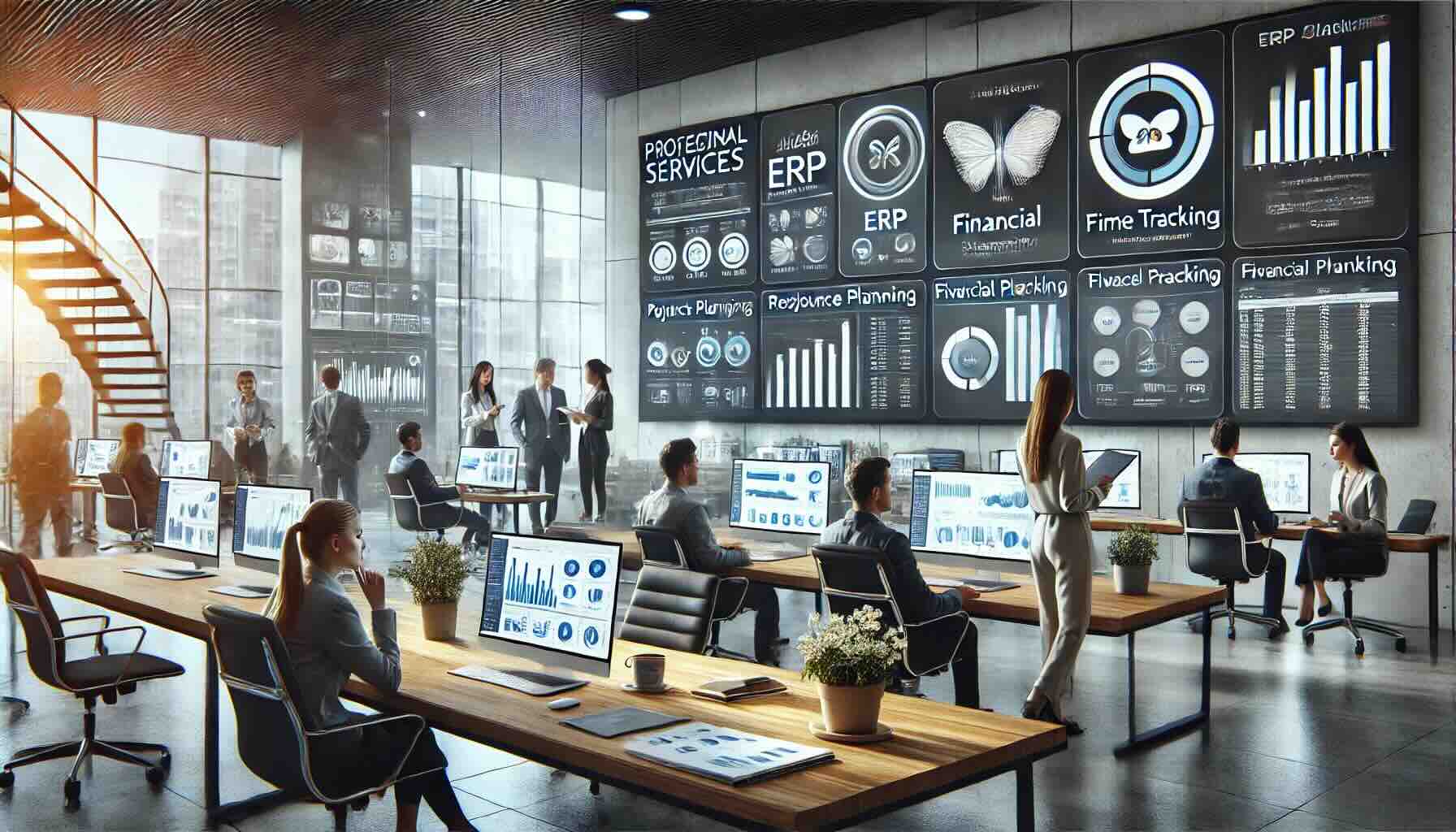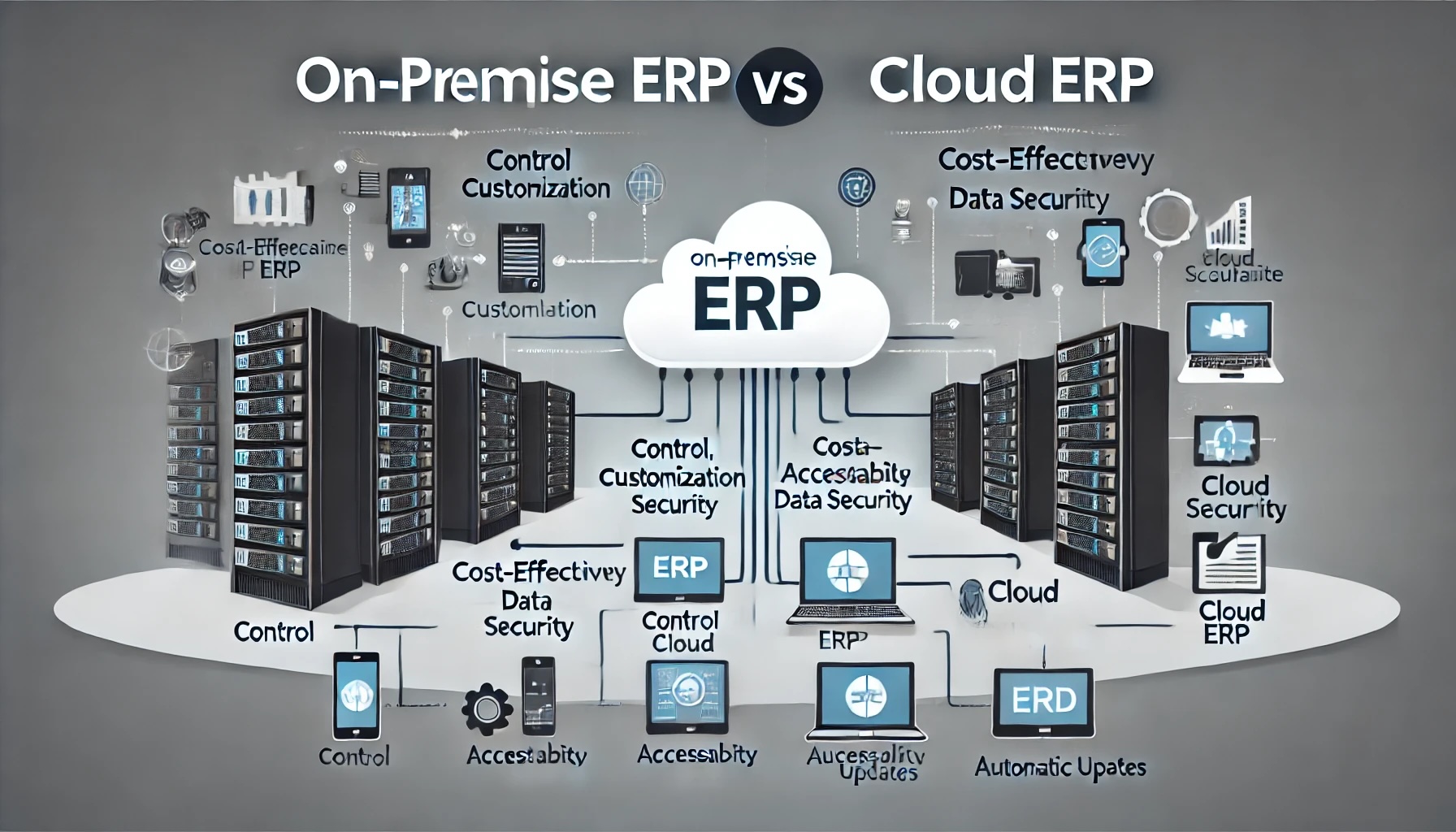Unlucky for Some: The 13 Biggest ERP Failures Ever
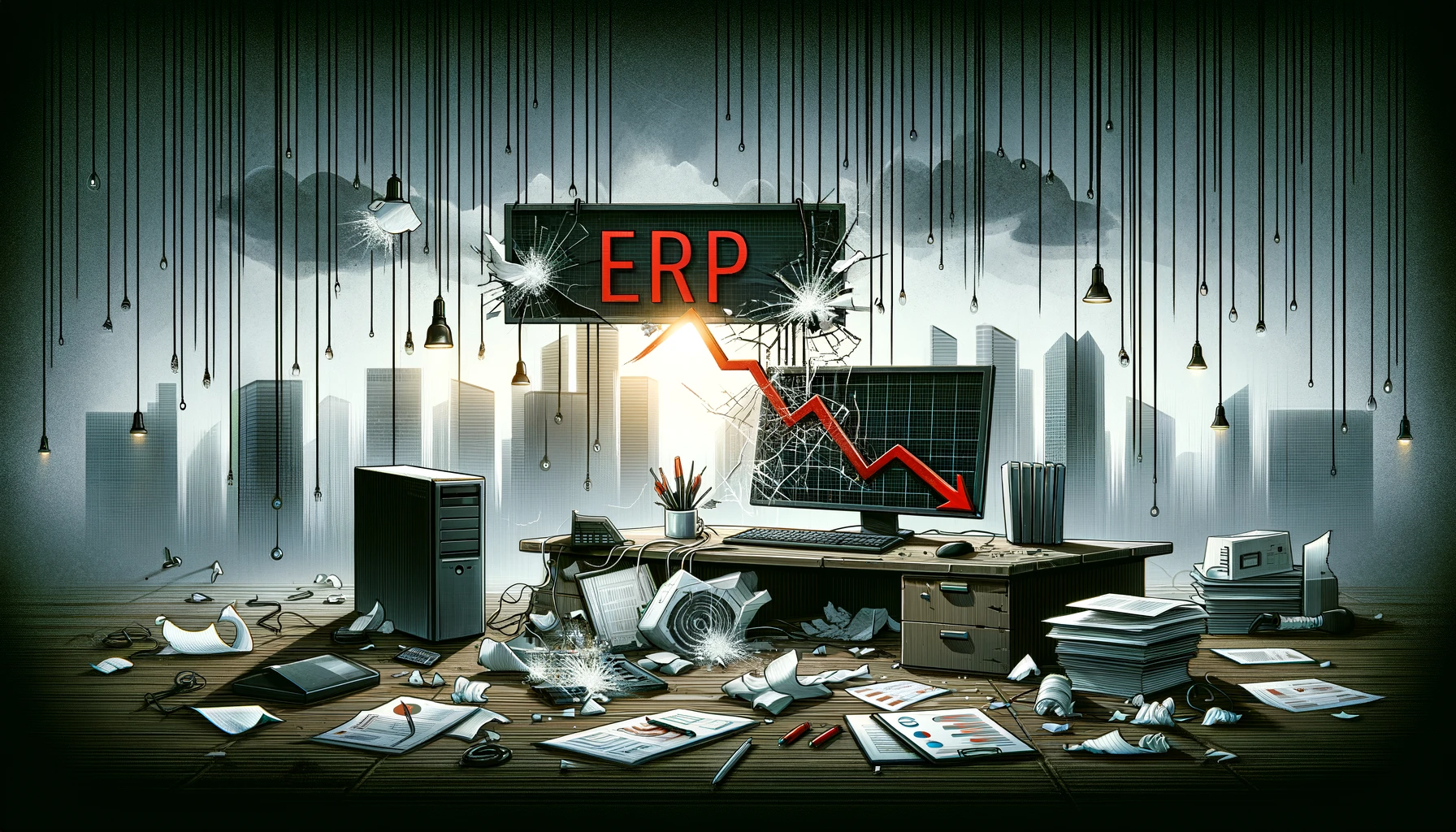
Enterprise Resource Planning (ERP) systems can be a double-edged sword: they offer the potential for streamlined efficiency but also carry significant risk. These thirteen case studies delve into the biggest ERP failures, shedding light on what went wrong and the specific ERP solutions involved. While SAP projects appear on this list 8 times, SAP has more customers and is engaged in larger projects, so it should not be inferred that SAP is inherently more risky than other ERP options.
To accurately compare ERP solutions, including their risk profile, you can use the Compare ERP AI Comparison Tool. It’s free to use and allows users to compare 100s of ERP solutions based on your unique circumstances and priorities.
-
Lidl’s ERP disaster (2018): SAP
German supermarket chain Lidl provides a recent example of an ERP setback. Starting in 2011, Lidl attempted to implement an SAP-based ERP system to replace its legacy systems. However, after seven years and spending approximately €500 million, Lidl reverted to its old system. The main issue was the system’s inability to handle Lidl’s complex discount pricing structures. This case is a testament to the challenges of customizing ERP systems and the importance of flexibility and adaptability in business processes. The sheer cost and write-off from this project makes it the biggest ERP failure of all time.
-
Hershey’s Halloween Nightmare (1999): SAP, Siebel & Manugistics
In 1999, Hershey’s, the iconic chocolate manufacturer, faced a bitter outcome with its ERP implementation. The company aimed to revamp its IT systems by integrating an ERP, a supply chain management (SCM) system, and a customer relationship management (CRM) system. The project was ambitiously scheduled to go live before the critical Halloween season. However, due to inadequate testing and rushed implementation, Hershey’s faced a catastrophic failure in order fulfillment. The result was a 19% drop in quarterly profits and a significant blow to its market reputation. This case highlights the perils of unrealistic timelines and the importance of comprehensive testing and is the 2nd biggest ERP failure of all time.
-
Birmingham City Council Stretched to Breaking (2022): Oracle
A recent example of a troubled Oracle Cloud ERP implementation is the one faced by Birmingham City Council in the UK. The council had selected Oracle Fusion Cloud in 2019 to replace its existing SAP system for financial, HR, and procurement processes. However, the project encountered significant challenges, with implementation costs skyrocketing from the initially projected £20 million to approximately £100 million. The ERP system had issues with cash management, requiring substantial manual intervention, and significantly increased staff workload compared to the previous SAP system. Although not the biggest ERP failure in terms of scale or cost, the implications for Birmingham City Council put this project at number 3 on our list.
-
HP’s Expensive Miscalculation (2004): SAP
In 2004, technology giant HP suffered a massive blow from its ERP upgrade failure. The project intended to centralize its diverse ERP systems into a single SAP system. However, severe issues in order processing emerged immediately after deployment. These problems led to a staggering $400 million in lost revenue and order backlogs. Key lessons from HP’s ordeal include understanding the complexities involved in scaling ERP systems and the need for contingency planning.
-
Nike’s Supply Chain Misstep (2000): i2 TradeMatrix
Nike’s ERP failure in 2000 is a classic example of how even industry giants can stumble. The company implemented a new demand and supply planning software that disastrously misforecasted market demand. This error led to excessive inventory for some products while others faced shortages. Nike reported a shocking $100 million in lost sales, coupled with a 20% stock price dip. This case underscores the importance of aligning ERP systems with accurate data and real-world market dynamics.
-
Waste Management’s Trashed Project (2008): SAP
In 2008, Waste Management, the leading waste disposal company in North America, initiated legal action against SAP for a failed ERP implementation. The project, meant to replace their legacy systems, was plagued with issues of misrepresentation and functionality gaps. Waste Management ended up abandoning the project after spending over $100 million. The takeaway from this failure is the critical need for clear vendor-client communication and ensuring that the software aligns with business needs.
-
FoxMeyer’s Downfall (1996): SAP
FoxMeyer’s move to SAP R/3 was a key factor in its bankruptcy. The system could not efficiently handle the high volume of transactions, resulting in logistic nightmares and significant financial loss. A critical lesson here is the importance of evaluating ERP impacts on operational scale.
-
Boeing’s Production Delay (1997): Baan
Boeing experienced a production halt and significant losses after implementing the Baan ERP system. The disruption in its supply chain and manufacturing processes from the implementation underscores the need for phased rollouts and careful planning in complex operational environments.
-
Target’s Canadian Misadventure (2013): SAP
Target’s failed expansion into Canada was partially attributed to its inability to adapt SAP’s ERP system to Canadian market complexities, resulting in a $2 billion loss. This scenario highlights the importance of ERP customization to local market needs and supply chain nuances.
-
Revlon’s Operational Chaos (2018): SAP
Revlon’s SAP implementation led to supply chain disruptions, impacting customer service and sales. This case is a testament to the necessity of integrating ERP systems seamlessly with existing operational processes and focusing on customer needs.
-
U.S. Navy’s ERP Challenge (2010): SAP
The U.S. Navy’s ERP project faced numerous setbacks, failing to achieve many of its objectives despite a billion-dollar investment. Key issues included difficulties in integration with legacy systems and unclear project goals. This underscores the need for compatibility, clear objectives, and strategic planning in government ERP projects.
-
Travis Perkins’ botched build (2021): Infor
Travis Perkins, a UK construction supplier, faced significant challenges with an Infor ERP implementation. Initially announced with high expectations, the project was meant to replace legacy systems with the CloudSuite version of Infor’s core M3 ERP product. However, the project encountered numerous issues, including a lack of detailed planning in the design phase and inadequate IT department involvement. These problems led to substantial financial implications, with Travis Perkins ultimately ending the relationship with Infor and incurring a substantial financial write-off. The company then chose Oracle Fusion Cloud’s Financials solution for its new core corporate system.
-
Amazon in the wilderness (2017): Workday
Amazon faced serious challenges with its planned company-wide deployment of Workday’s HR system. The deal between Amazon and Workday was signed in 2017, but the migration from Oracle’s PeopleSoft encountered issues because Workday’s database did not scale adequately for Amazon’s growing number of employees. While some Amazon divisions like Twitch adopted Workday’s HR system, the main organization continued to rely on Oracle’s PeopleSoft. Ultimately, Amazon and Workday mutually agreed to discontinue the deployment, with Workday stating that Amazon had unique needs that differed from their broader customer base. This case illustrates the complexities of implementing large-scale HR systems in rapidly expanding global companies.
